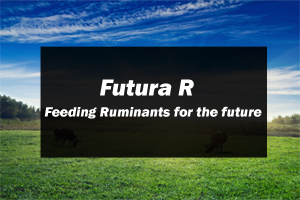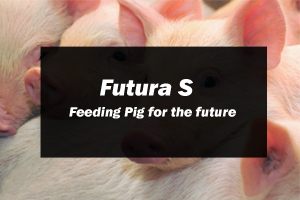What are Feed Additives in Poultry? With the advent of technology and phenomenal changes, the efficient and economical production of safe meat to consume and eggs is possible now.
The animals and humans diets often contain different types of essential additives. The various feed additives help for better growth, disease prevention, and proper utilization. The most common poultry feed additives and products widely used are emulsifiers, pH control agents, antioxidants, enzymes, antimicrobials, etc.
Phytogenic Feed Additives Poultry contains plant-based or natural bioactive molecules, and it is also called botanicals.
The most widely used in the poultry sector are Tannins, Saponins, and Essential Oils, which contain oregano extract also alongside. Phytogens help to improve the gut health of poultry and performance.
The different feed additives for swine or also called pig feed supplements, are Antibiotics, Anthelmintics, Chromium (nicotinate, yeast, propionate, and picolinate), Pharmacological concentrations of copper and Zinc, Carnitine, Betaine, Acids, Yucca Plant Extract, Feed Flavors, etc.
Similarly, different chicken feed supplements give proper nutrition, promote the growth of chickens, boost overall health, produce better quality eggs, and improve laying time. Some of them are grit, calcium, electrolytes, phosphorus, molasses, herbal supplements, and sunlight.
Animal Feed additives are simply compounds, molecules, or organisms that promote good health, digestion, growth, and production.
Animal Nutrition & Feed Additives fall into two categories.
Nutritional Additives
Non Nutritive additives.
Now there are many animal feed additives suppliers or companies available, and few popular are Vinayak Ingredients India Pvt Ltd, Bentoli, Cargill, Evonik Industries, Kemin Industries, and many more.
The popular feed additive for dairy cattle are buffers, magnesium oxide, rumen protected choline, Niacin, methionine hydroxy analog, Ionophores, yeast products, decoquinate, direct-fed microbials, enzymes, yucca extract, biotin, organic acids and many more.
Along with this, Animal probiotics feed additives are now increasingly used worldwide to improve both health and productivity. The outcome of using probiotics is better growth, an increase in mortality rate, feed conversion improvement, and good gastrointestinal flora.
Different probiotics are made up of different compounds; thus, it affects the animal in different ways.
Cattles need proper care and nutrition to give milk and stay healthy. The Cattle feed ingredients and nutrition focus on promoting the growth of animals and preventing diseases simultaneously. .
The primary ingredients of cattle feed are grains, brans, chunnies, minerals, vitamins, protein meals/cakes, agro-industrial by-products, etc. These all have high nutritional content required by dairy cattle for better milk production full of fats and proteins.
The prolonged use of antibiotics has led to the death of various animals around the world. Its use is banned in many parts now.
The emphasis is laid on Antibiotics reduction to decrease gut health issues, increase immunity, decrease pressure on the environment, and mitigate the impact of AMR on humans.
Similarly, in recent years the use of Zinc Oxide has increased, and concerns have been raised over its negative impacts.
From the beginning, ZnO is used to reduce diarrhea and promote weaner pigs' growth. But as Zinc gets poorly absorbed, it becomes concentrated in higher quantities, which affect the environment adversely.
Zinc Reduction method is followed that helps to withdraw or lessen the use of ZnO in veterinary medicines.
Good feed is essential for body growth and better production of meat. There are feed supplements to create more meat on pigs and divided into six categories, namely proteins, vitamins, fats, minerals, water, and carbohydrates.
The feed supplements that help to increase the meat production are commercially made grain, fruits and vegetables bought from market, fruit or bread scraps that are not sourced from animals, restaurant food leftovers if properly cooked beforehand, different forest products like wild cola, wild bananas, grasses, etc. and alcohol distilling residues.
Along with this, pigs are highly vulnerable to mycotoxin contamination, and they are one of the most sensitive groups.
Mycotoxins in swine are poisonous substances produced by fungi and molds present on plants or fields.
These adversely affect different organs, tissues, reproductive systems, immune systems, etc. of piglets, which later leads to low performance and less response to vaccines.
To know how much feed must be given a method is followed. It is Feed conversion improvement that means either increasing or decreasing the quantity of feed fed or the combination of both.
Below formula calculates it:
Feed conversion = Pounds of Feed Fed/ Pounds of Gain
It is achieved by following techniques like minimizing wastage of feed, Sow feeding, Sow productivity, feed particle size, and many other factors.




